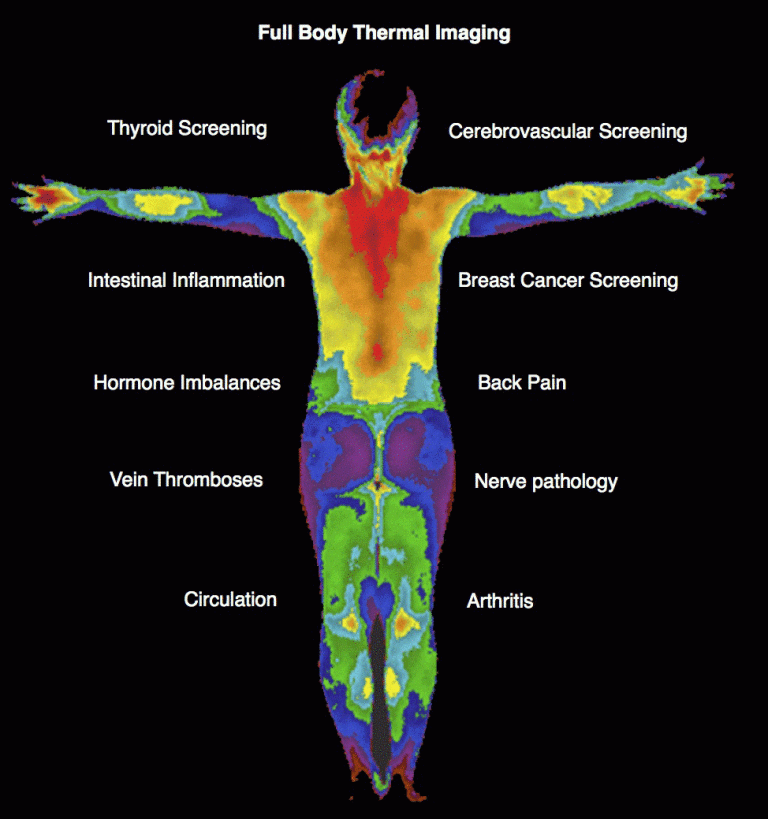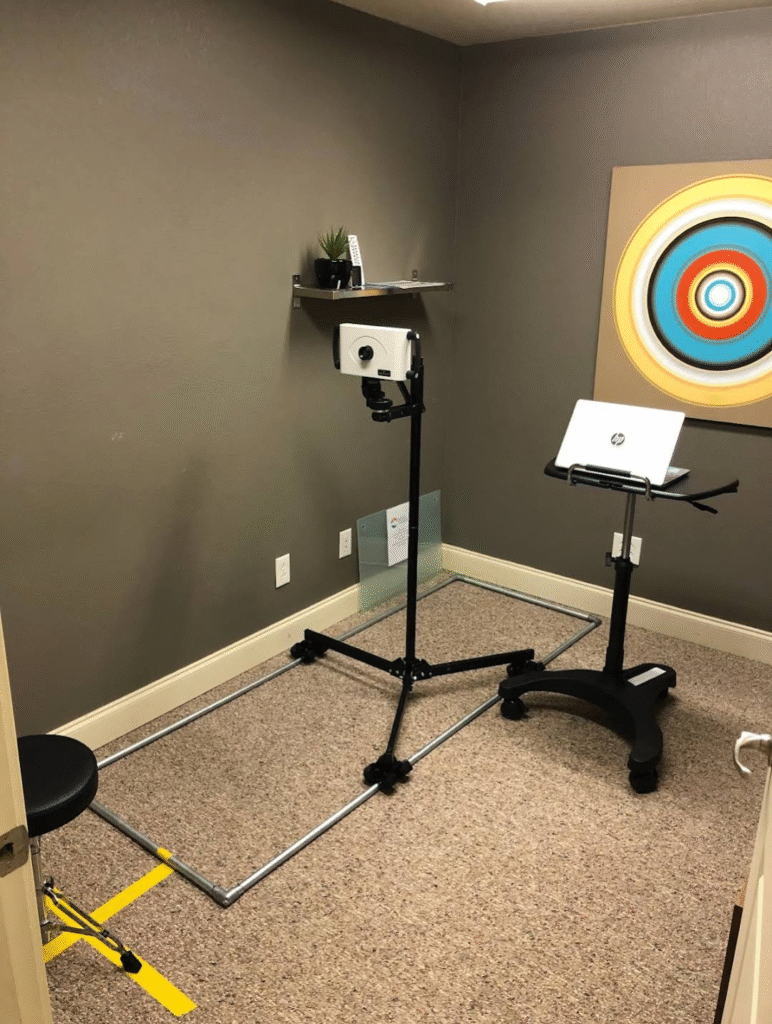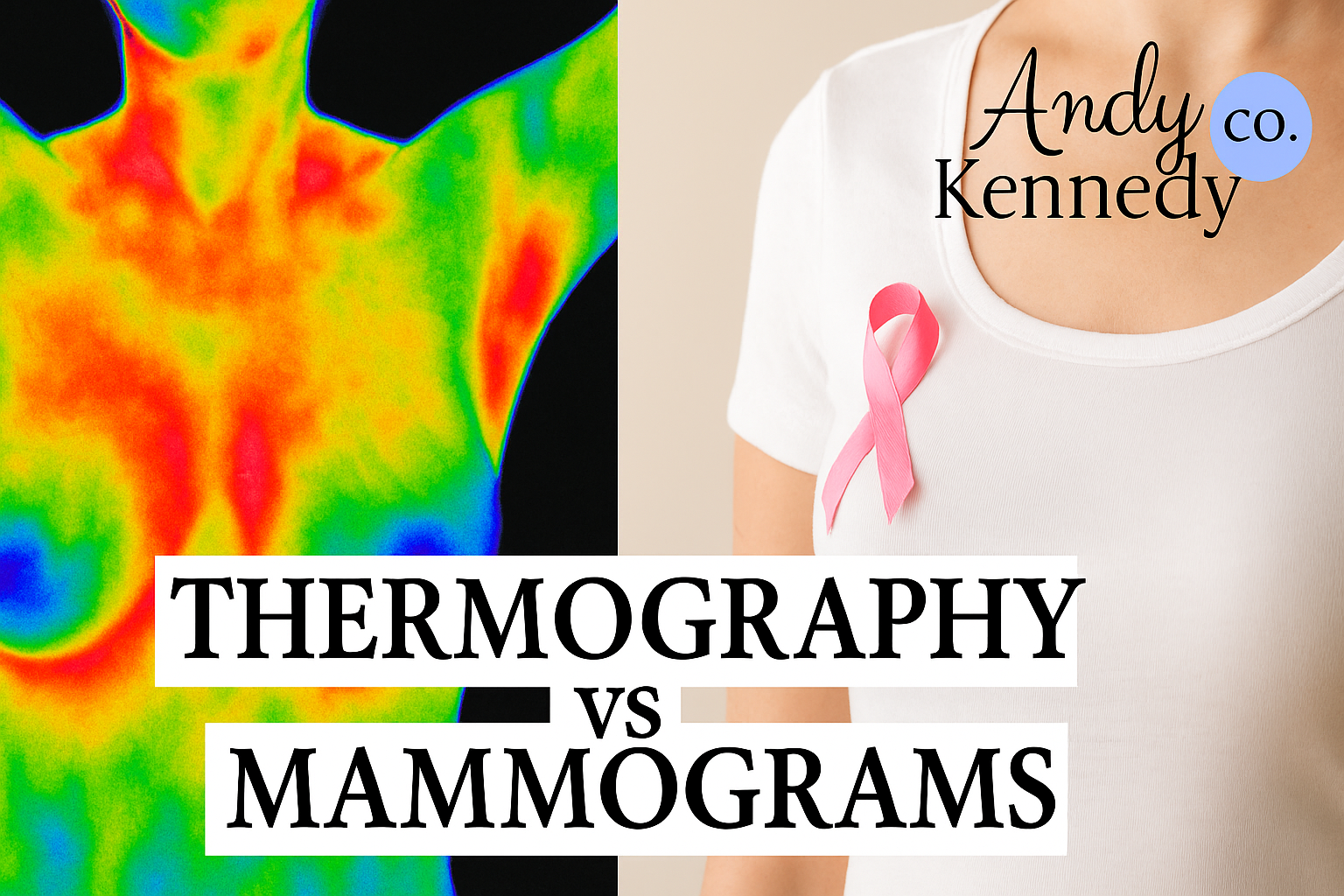I’m not a fan of the mammogram, but who is? The smashing, the cold, the waiting in sterile rooms, the recalls, the phone game,…. So when a friend of mine told me about thermography, and how it can be an alternative method of detection that has up to 7 years more warning time with no radiation, I was all in.
I saw my thermographer twice in Denver, long before covid, around the time I was 42. Since moving to Tennessee it’s taking me awhile to find one but I finally did and visited her today. If you’re in this area, head down in Knoxville and schedule an appointment with Leslie at Knoxville Thermography (https://knoxvillethermography.com/).

Thermography offers several benefits over mammograms. Being a simple series of heat sensitive (infrared) photographs taken at close distance but not touching you, Thermography is non-invasive and doesn’t involve radiation, which over time can lead to cellular destruction, such as cancer.
Thermography can also detect changes earlier than mammograms by identifying abnormal patterns in breast tissue.
No woman likes the pancake-making of her breasts in a mammogram, so Thermography is 1) touch-less; 2) quick, the images take just 5 minutes; 3) accessible, women of any age can sit on a stool and turn from side to side; and 4) thorough, all breasts are different and the mammogram is not adaptable. Thermography is appropriate for all breast sizes, including those with dense breast tissue where mammograms may be less effective or cause worry with recalls.
Lastly, thermography may complement regular screenings, acting as an additional tool for monitoring breast health, and overall physical health, as the images aren’t just for the breasts, but can be any part of the body to indicate inflammation, heat, and early signs of dis-ease within the body.

Once the photos are taken, they are sent to a Medical Doctor (MD) and thermography specialist, for review. The results take 1-2 weeks.
Thermography’s only downside in my opinion is that it is typically not covered under insurance or HSA. However, given how much more widely spread it is than when I started first getting images 10 years ago, And how more and more medical professionals respect it as a highly beneficial and accurate detection device, my guess is that it will be soon. For now it’s relatively affordable, my appointment today was just $170, and I was recommended to see her annually.

As I await my results (you can see your scans live though, and nothing looked abnormal), I thought I’d share this experience with you, in hopes that you use this method for even earlier detection.
Disclaimer: Andy Kennedy CO just shares our research and personal accounts. Andy holds no degrees in the medical field, but leans on 25+ years of studying natural health and wellness for herself and family, through the modalities of herbalism, homeopathy, nutrition, home gardening, clean air and water systems and much more.
Andy has been a student of macrobiotics, Ayurveda, Reiki, permaculture, sustainability and earth sciences throughout her adult life, and loves sharing this love of nature with her clients.





